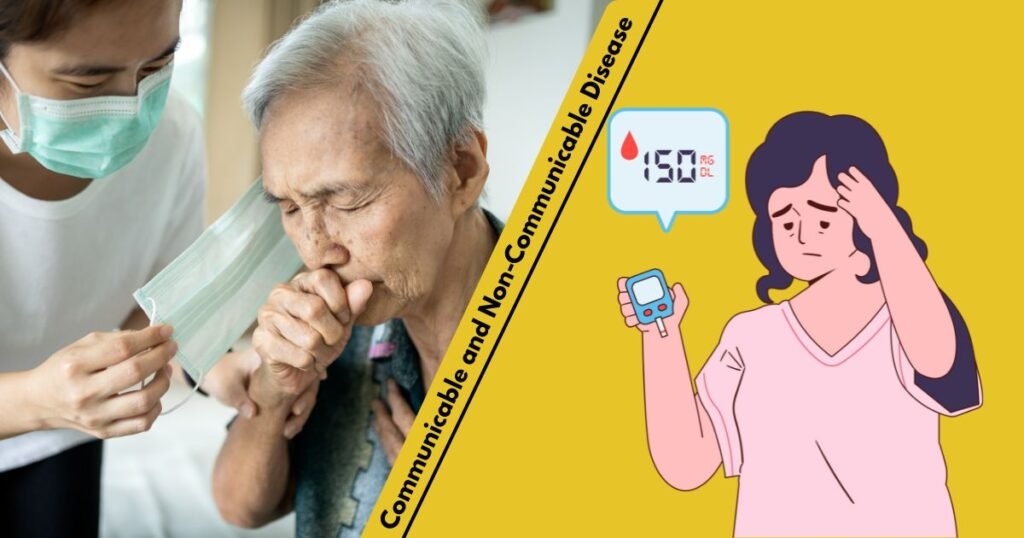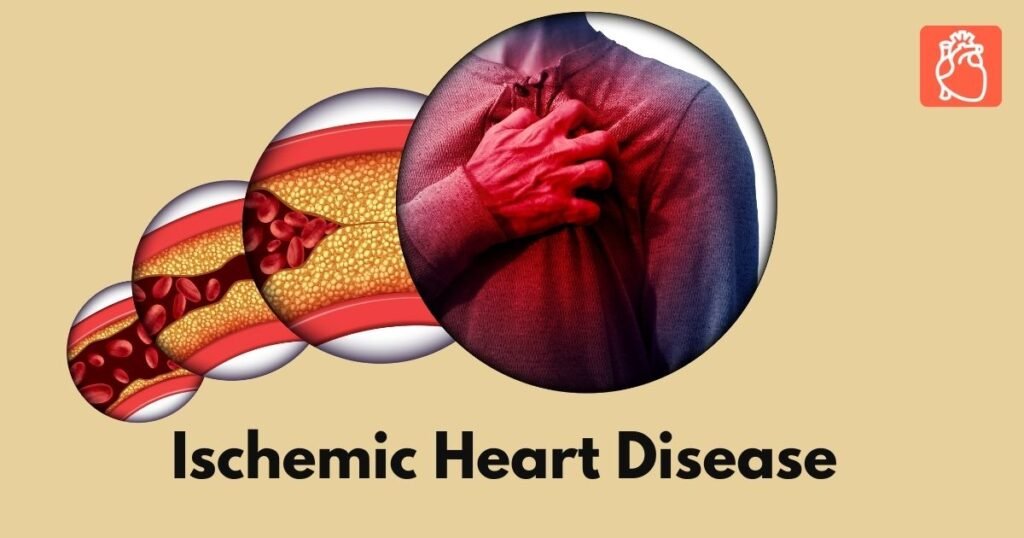Understanding the difference between communicable and non-communicable diseases is vital for maintaining good health. Both affect millions worldwide but differ in causes, transmission, and prevention.
What Are Communicable Diseases?
Communicable diseases are illnesses caused by infectious agents such as bacteria, viruses, fungi, or parasites. These diseases can spread directly from one person to another or indirectly through contaminated surfaces, air, or vectors like mosquitoes.
Examples of Communicable Diseases
- Influenza (Flu)
- Tuberculosis
- COVID-19
- Malaria
- Hepatitis B
Communicable diseases are often acute and can spread rapidly within communities if not controlled properly.
What Are Non-Communicable Diseases?
Non-communicable diseases (NCDs) are chronic conditions that are not transmitted from person to person. They usually develop due to genetic, environmental, or lifestyle factors such as poor diet, lack of exercise, smoking, and stress.
Examples of Non-Communicable Diseases
NCDs progress slowly but have long-term effects on health and quality of life.
Key Differences Between Communicable and Non-Communicable Diseases
| Basis | Communicable Diseases | Non-Communicable Diseases |
|---|---|---|
| Cause | Caused by pathogens like bacteria or viruses | Caused by lifestyle, environment, or genetics |
| Transmission | Spread from person to person | Not transmitted between people |
| Duration | Usually short-term or acute | Often long-term or chronic |
| Examples | Measles, Malaria, COVID-19 | Diabetes, Cancer, Hypertension |
| Prevention | Vaccination, hygiene, isolation | Healthy lifestyle, regular checkups |
| Treatment | Antibiotics, antivirals, or vaccines | Medication, surgery, lifestyle changes |
Prevention of Communicable Diseases
Preventing communicable diseases requires personal hygiene, public health awareness, and vaccination programs. Regular hand washing, safe food handling, and avoiding contact with infected individuals are effective strategies.
Key Prevention Tips
- Get vaccinated on time
- Maintain cleanliness
- Use insect repellents and mosquito nets
- Avoid sharing personal items
- Practice safe sexual habits
These steps reduce infection risks and protect communities.
Prevention of Non-Communicable Diseases
Preventing non-communicable diseases focuses on lifestyle modification. Small daily habits can significantly reduce risk.
Key Prevention Tips
- Eat a balanced, nutritious diet
- Exercise regularly
- Avoid smoking and alcohol
- Manage stress effectively
- Go for regular health screenings
Healthy choices today can prevent chronic illnesses tomorrow.
Impact on Society
Both types of diseases affect economies, families, and healthcare systems. Communicable diseases can cause outbreaks, while non-communicable diseases lead to long-term healthcare costs and reduced productivity. Together, they represent major public health challenges globally.
Conclusion
The difference between communicable and non-communicable diseases lies mainly in their cause and mode of transmission. While communicable diseases spread through infection, non-communicable diseases result from lifestyle and genetic factors. Awareness, prevention, and timely treatment are essential to combat both effectively.


